How to Fix ‘The Local Device Name is Already in Use’ Error on Windows
“The Local Device Name is already in Use” error is related to network drive mapping and it’s quite a common occurrence among people who work with network-based systems on a daily basis. The problem appears when trying to access a network drive and the following error message appears:
An error occurred while reconnecting <drive letter> to <file path> Microsoft Windows Network: The local device name is already in use. This connection has not been restored.

It appears when users are trying to access files in a shared folder or when trying to map certain drives on the network domain. Follow the methods we have prepared in order to resolve the problem!
Mục Lục
What Causes ‘The Local Device Name is already in Use’ Error on Windows?
Pinpointing the direct cause of the problem you are dealing with is one of the most important steps while troubleshooting. It can save you time and help you choose just the right method to get the job done so make sure you check out our list of causes below:
- Drive mapping has gone wrong – The process of network drive mapping can sometimes produce problems like this one when it comes to drive letters.
- Some drive letters are unassigned – Some drives may have incorrect or even missing drive letters which causes this error to appear.
- File and Printer Sharing is disabled – If this option is disabled in any firewall you might be using, networking becomes difficult and full of errors.
- No space on the server – Users have reported that they had to free up at least a couple of gigabytes on the root drive of the network’s server to get rid of the problem.
Solution 1: Remap the Drive Using Command Prompt
Remapping the network drive is the official solution recommended by Microsoft for users facing this problem. However, it has worked for many users and it has become one of the most used methods for this problem. Check out the steps we have prepared!
- Search for “Command Prompt” either right in the Start menu or by tapping the search button right next to it. Right-click on the first result which will appear at the top and select the “Run as administrator” option.
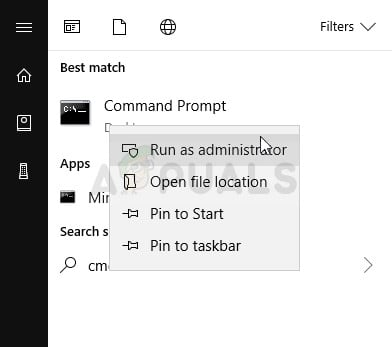
- Users who are using an older version of Windows can use the Windows Logo Key + R key combination in order to bring up the Run dialog box. Type in “cmd” in the box and use the Ctrl + Shift + Enter key combination in order to run Command Prompt as an administrator.
- Copy and paste the command shown below and make sure you click the Enter key on your keyboard.
net use * /delete
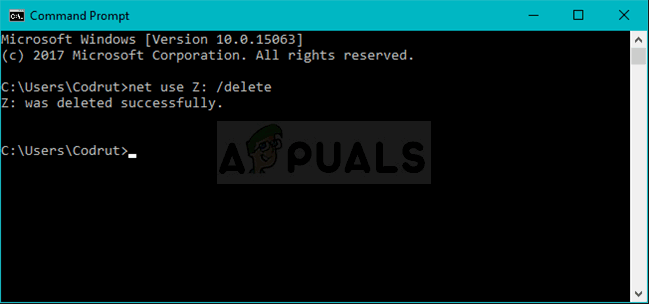
- After you see that the operation is completed successfully, run the following command:
net use Z: \\server\share /user:username password
- Make sure you replace the username and password placeholders with the correct username and password. Check to see if the problem is resolved!
Solution 2: Reinitializing Computer Browser
In some cases, it was observed that the computer’s browser was causing conflicts with certain elements of the operating system due to which this error was being triggered. Therefore, in this step, we will be stopping the Computer Browser. In order to do that:
- Press the “Windows” + “R” keys simultaneously to open the Run Prompt.
- Type in “cmd” and press “Shift” + “Ctrl” + “Enter” to grant the Administrative Privileges.
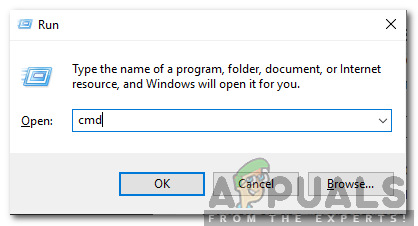
- Click on “yes” in the “Are you sure you want to allow this application to make changes to your computer” prompt.
- Type in the following command and press “Enter”
net stop "Computer Browser"
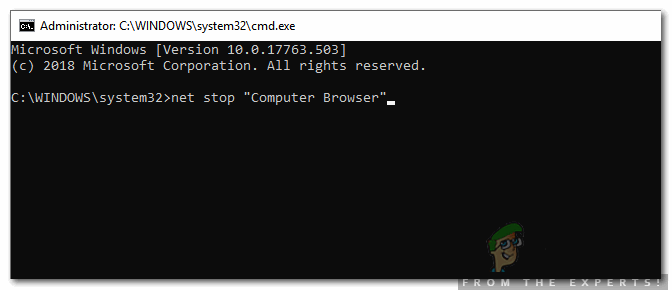
- Wait for the command to be executed then, type in this command and press “Enter
net start "Computer Browser"
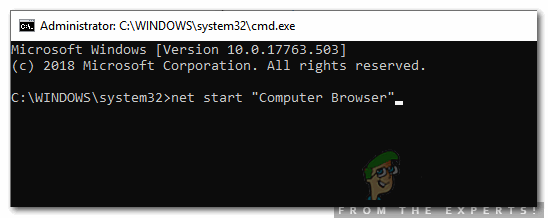
- Check to see if the issue persists.
Solution 3: Delete a Key in Registry
If the method above has failed to work for you, make sure you try deleting a certain registry key which might cause the problem. Users who struggled with certain CD/DVD and virtual drives were able to resolve the problem with this method so make sure you give it a try!
- Since you are going to delete a registry key, we recommend you check out this article we have published for you to safely backup your registry to prevent other problems. Still, nothing wrong will occur if you follow the steps carefully and correctly.
- Open the Registry Editor window by typing “regedit” in either the search bar, the Start menu, or the Run dialog box which can be accessed with the Windows Key + R key combination.
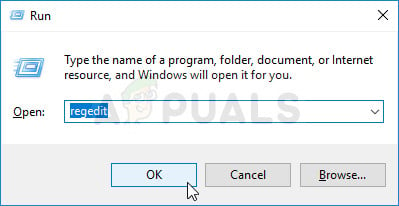
- Navigate to the following key in your registry by navigating at the left pane:
HKEY_CURRENT_USER\Software\Microsoft\Windows\CurrentVersion\Explorer
- Click on this key and try to locate a key named MountPoints2 inside the Explorer key. Right-click on it, and choose the Delete option from the context menu. Confirm any dialog boxes which may show up.
- Check to see if the error message still appears after restarting your computer.
Solution 4: Assign Drive Letters Properly
Users have reported seeing a drive with no assigned drive letter in Disk Management which was mapped as the problematic drive letter during the networking process. Also, if the drive in Disk Management has a different assigned letter than the one in network mapping, you should change it to something else. Follow the steps below in order to do that
- First of all, you will need to make sure that no files from the storage devices you want to edit are in use or open in any other way. Next, make sure you are not copying or moving anything from or to the disk before proceeding.
- After that, either use the Windows Key + X key combination or right-click on the Start menu and choose the Disk Management option in order to open its console.
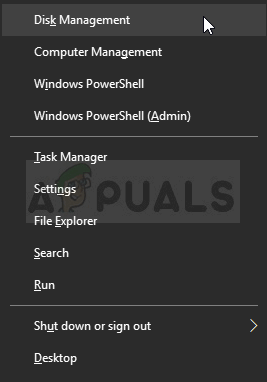
- Right-click the volume with the drive letter you want to change and choose the Change Drive Letter and Paths After that, click on Change and choose from a list of available drive letters.
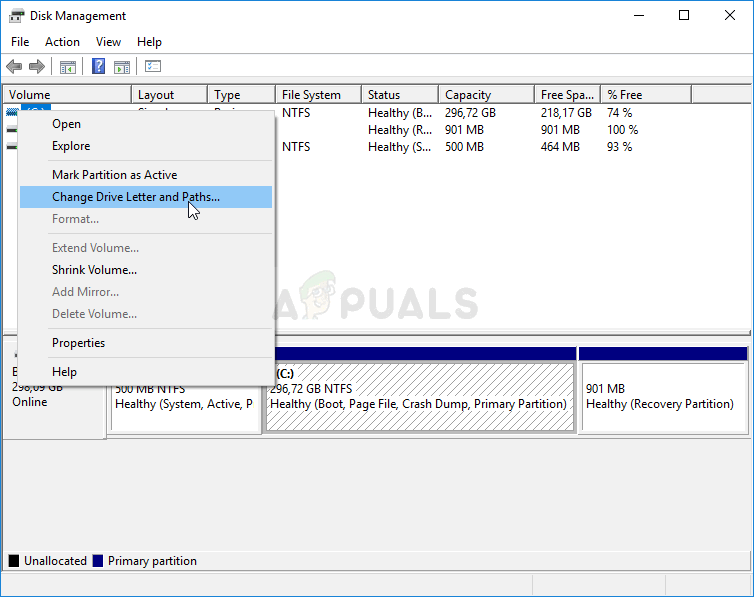
- We advise you not to choose letters A or B because they were reserved for floppy drives on older operating systems and this can confuse older software tools. Click on Apply and confirm any dialog boxes which may appear before closing the tool. Check to see if the problem still persists.
Solution 5: Enable File and Printer Sharing in Your Firewall
When File and Printer Sharing is disabled in any firewall you might be using, problems occur with shared drives and this is just one of the problems which may appear. If you are using a third-party firewall, you will have to locate the option manually. However, the Windows Defender Firewall is turned on by default if there are no other firewalls installed and the steps below are related to it.
- Start Control Panel by searching for the utility in the Start button or by clicking the Search button or the Cortana button at the left part of your taskbar (bottom left part of your screen).
- After Control Panel opens, change the view to Large or Small icons and navigate to the bottom in order to open the Windows Defender Firewall.
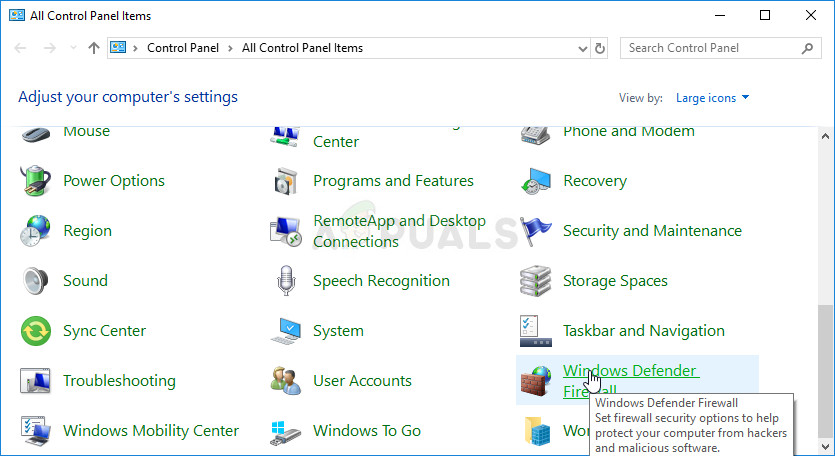
- Click on Windows Defender Firewall and click on the Allow an app or feature through Windows Firewall option from the left side list of options. A list of installed apps should open. Make sure you click the Change settings button at the top right part of the window and provide administrator permissions if needed.
- Navigate to the File and Printer Sharing option and check the box right next to it before clicking OK and applying the changes.
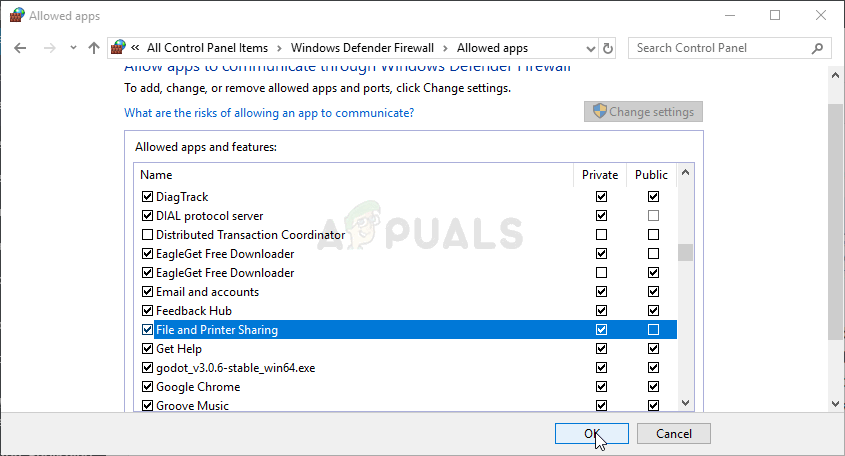
- Click OK and restart your computer before retrying to see if the error still appears.
Solution 6: Make Sure There is Enough Space on the Server
This problem also occurs if there is not enough space on the server computer of the network you are a part of. If you have direct access to the server computer of your network, make sure you free enough space on the root drive of the server by deleting everything you don’t think is necessary.
There is no exact amount that needs to be freed but make sure you leave at least a couple of gigabytes available before checking to see whether the problem is resolved!
Solution 7: Changing the value of ProtectionMode in Registry
If none of the above methods work, we will attempt at changing the value of ProtectionMode through the registry for Windows 10. The ProtectionMode workaround is officially recognized by Microsoft itself and this error usually occurs to non-administrative users who are upgrading from an earlier version of Windows.
- Press Windows + R, type “regedit” in the dialogue box, and press Enter.
- Once in the registry editor, navigate to the following path:
HKEY_LOCAL_MACHINE\System\CurrentControlSet\Control\SessionManager\
- Once in the correct location, search for the following key:
ProtectionMode
- Now, change the key from 0 to 1. Save changes and exit. Restart your computer and see if the issue is resolved for good.
If this workaround doesn’t work, you can manually try to delete the mappings by using the following command in an elevated command prompt:
net use * /del /y (sub the * for an actual drive letter.)















![Toni Kroos là ai? [ sự thật về tiểu sử đầy đủ Toni Kroos ]](https://evbn.org/wp-content/uploads/New-Project-6635-1671934592.jpg)


